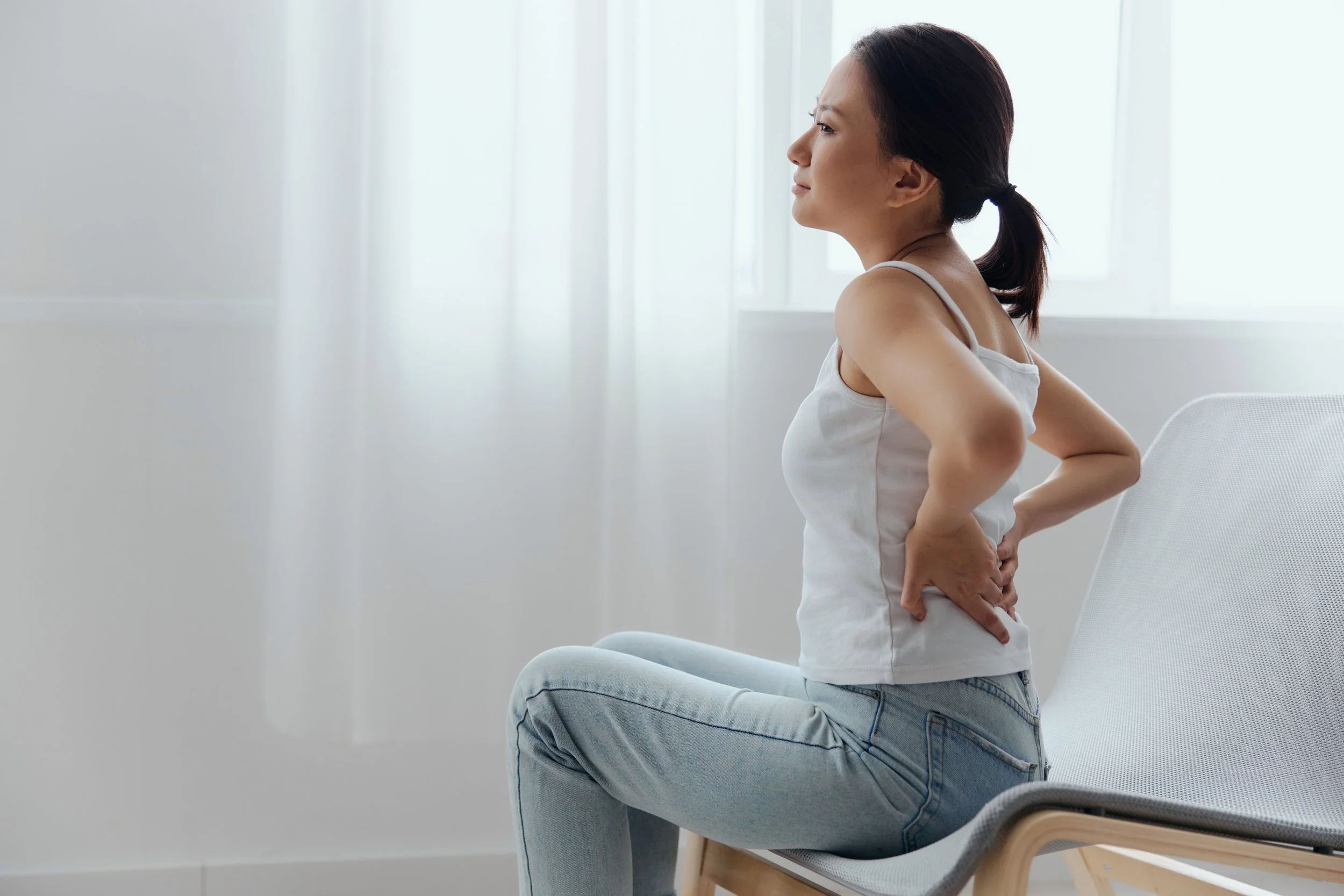Adolescent Scoliosis
In the United States, adolescent scoliosis was aggressively screened in primary & secondary educational institutions then subsequently over-diagnosed due to the relatively high general population prevalence of 0.47% - 5.2%. The presence of scoliosis does not always necessitate professional intervention, in fact only 10% of scoliotic curves require medical intervention. Additionally, Schroth method certification is the gold standard for physiotherapy-specific scoliosis exercise (PSSE), and clinicians with Schroth background are not always readily available.









